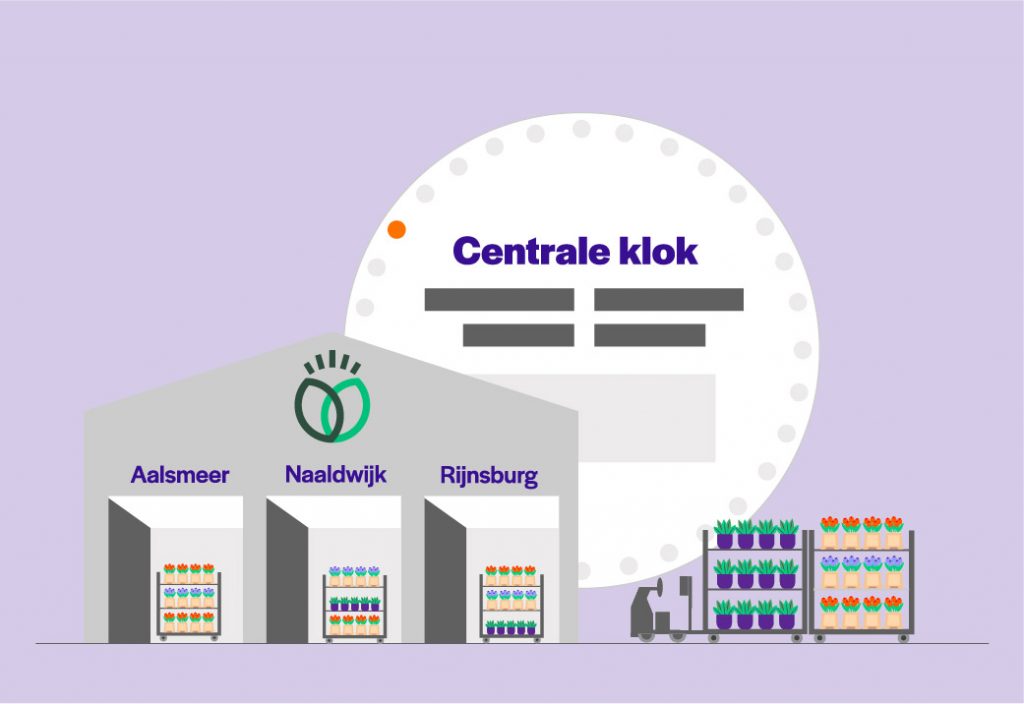
Last year saw major steps towards Central Auctioning, including the expansion to Rijnsburg, central auctioning of all roses and the introduction of a central plant clock. Together with growers, buyers and our own staff, we learned a lot in practice.
With all the experience we have gained, we have spent the past three months working to move Central Auctioning forward. A number of short-term pilots are now running. Time for a status update and a look at the further roll-out of Central Auctioning.
Getting started with insights
The evaluation of Central Auctioning Rose at our hubs Naaldwijk, Rijnsburg and Aalsmeer earlier this year showed positive effects on purchasing power, price formation and buyer satisfaction. We heard and hear many good noises from growers and buyers. Nice results that offer perspective for the future, where there is always room for improvement.
Therefore, we also identified some areas of concern together in the evaluation, such as the auction time of certain cultivars of Rose. Some growers felt that certain cultivars were offered a bit late on a central clock, which may result in sub-optimal pricing. Together with the FPC Rose workgroup, solutions were then looked at. An additional seasonal auction group has since been added, the impact of which we will assess in the coming period.
Pilot multi transaction auctioning
Another point of attention was the auction duration, which was perceived as long by some buyers. To this end, a pilot with multi transaction auctioning which was launched on 4 July.
Tightening up our own processes
Within Royal FloraHolland we are also, as it should be, continuously working on optimising our own transaction and logistics processes to set them up as well as possible for Central Auctioning, among other things. We are not sitting still and are starting small-scale and short-term pilots to test other ways of working if necessary.
We do this for Central Auctioning partly based on our own practical experiences over the last three months. Insights from collected data also help us adapt our own processes to what we learn every day about Central Auctioning. Our aims are currently to spread the volume and give buyers more control over the delivery of flowers or plants with time slots. New time slots are being added all the time. To illustrate, we are now investigating with a few buyers the possibility to deliver supply that is on our hubs only on the day after purchase.
Decision-making planning
At the end of March, we reported that before the summer we would map out what was still needed to further roll out Central Auctioning across all auction clocks. We now have a picture of this and have set out various follow-up actions where necessary. The ambition to transfer all plants and all flowers to Central Auctioning before the end of 2024 has not changed for the time being.
A number of short-term pilots are now running based on the evaluation in March, the impact of which we will assess before deciding on further planning in terms of roll-out across all auction clocks. Of course, as soon as more is known, we will inform everyone about the follow-up in good time.
Source: Royal Floraholland
